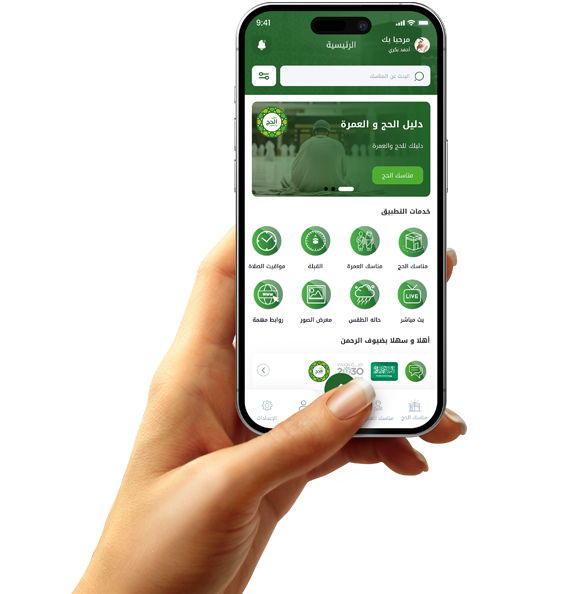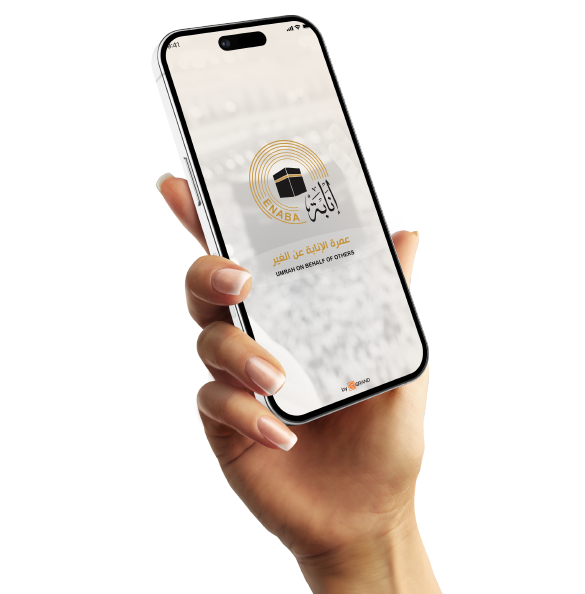Benefits of trying the app before the official launch

Improving User Experience Through Pre-Testing
Testing an app before launch provides an opportunity to improve the user experience. Testing the app with a limited group of users helps identify weak points in the design. Monitoring how users interact with the app interface contributes to improving the browsing experience. Adjusting the placement of buttons and menus based on user feedback enhances usability. Using feedback to modify the design increases user engagement. Improving the in-app search experience makes it easier for users to find content. Adjusting the app's response speed based on the test results enhances user convenience. Testing the in-app purchase and payment experience helps identify potential issues. Providing interface customization options based on the test results enhances the user experience. Testing the app on different devices reveals performance differences. Adjusting the design to fit different screen sizes enhances user satisfaction. Testing text and color layouts during the test helps improve visual appeal. Testing notifications with users helps determine the ideal delivery timing. Adjusting the content loading speed based on the test results enhances the app's responsiveness. Testing the automatic search function makes it easier for users to access the desired content. Analyzing user behavior during the test helps adjust the app's structure. Supporting smooth scrolling during the test enhances the user experience. Testing different login options helps determine the most convenient method. Using feedback to improve menu layout increases navigation ease. Testing quick access options enhances usability.

Discovering Security Issues Before Official Launch
Testing the application before launch helps discover and address security issues. Testing the application in a closed test environment helps identify vulnerabilities. Testing the login system enhances user data protection. Supporting a data encryption system during testing helps improve security. Testing the application on unsecured networks helps identify security issues. Monitoring the application's response to hacking attempts enhances the security system's strength. Testing payment data protection during testing helps prevent information theft. Testing log-out options enhances account security. Monitoring unauthorized user activity during testing helps identify vulnerabilities. Modifying access permissions based on the testing results helps improve security. Testing the security of data stored on the server enhances privacy protection. Supporting the "two-factor authentication" feature during testing helps improve security. Testing the encryption system when sending data enhances privacy protection. Monitoring the application's response to cyberattacks helps identify vulnerabilities. Testing the identity verification system during testing enhances account security. Modifying the session management system based on the testing results helps improve stability. Supporting an account recovery system in case of a lost password enhances user security. Testing the protection of sensitive data in transit helps improve security. Testing data recovery after a failure enhances application reliability. Modifying the email verification system helps improve data accuracy.

Improving the User Interface Based on Test Results
Pre-launch testing provides an opportunity to improve the user interface. Monitoring how users interact with design elements helps modify the app's appearance. Analyzing user feedback on the design contributes to improving the interface layout. Adjusting the placement of buttons and menus based on feedback enhances usability. Improving color consistency helps make the interface more appealing. Adjusting the size of icons and text based on user experience enhances display clarity. Supporting drag-and-drop functionality in the app interface makes navigation easier. Modifying the search bar design helps improve search accuracy. Improving the appearance of drop-down menus enhances browsing ease. Supporting dark and light modes helps improve the viewing experience. Resizing images and graphics helps improve display performance. Testing transition effects between pages enhances the user experience. Testing text legibility on different devices helps improve the design. Supporting smooth scrolling enhances the app's responsiveness. Improving the app's touch response increases interaction speed. Testing display modes on multiple devices helps unify the user experience. Adjusting the design of interactive buttons based on user feedback increases usability. Supporting zoom in and out improves text readability. Experimenting with viewing content in both landscape and portrait orientations helps improve compatibility. Adjusting button colors based on user preferences increases design clarity. Testing transition effects between sections helps improve smooth navigation. Improving the user interface design contributes to increased app usage time. Experimenting with the shortcut menu improves content accessibility. Support for gesture navigation enhances the user experience on modern devices. Modifying the start screen design helps create a positive user experience. Improving color consistency between background and text elements enhances content clarity.

Improving Response Speed Through Pre-Testing
Testing the app before launch helps improve responsiveness. Testing the app's performance under user pressure helps identify weak points. Optimizing the code based on the test results improves execution speed. Monitoring the speed of data loading from the servers helps improve performance. Testing the app's performance under slow internet connections helps improve responsiveness. Adjusting the size of images and videos based on the test results reduces loading times. Testing the speed of page switching helps enhance the user experience. Improving the app's response to voice commands increases interaction speed. Supporting a caching system helps reduce loading times. Testing the performance of automatic searches helps improve the speed of displaying results. Monitoring the app's performance when receiving notifications increases responsiveness. Improving the app's response when the device restarts helps enhance stability. Supporting the "progressive loading" feature helps improve the app's responsiveness. Testing the app's performance on different devices helps identify compatibility issues. Improving the login system helps reduce response time. Adjusting the size of cached files improves interaction speed. Improving the app's responsiveness when the network changes improves the app's performance. Testing the loading of large content helps determine the responsiveness. Adjusting graphics settings improves performance. Improving app responsiveness when navigating between pages helps increase user satisfaction.















